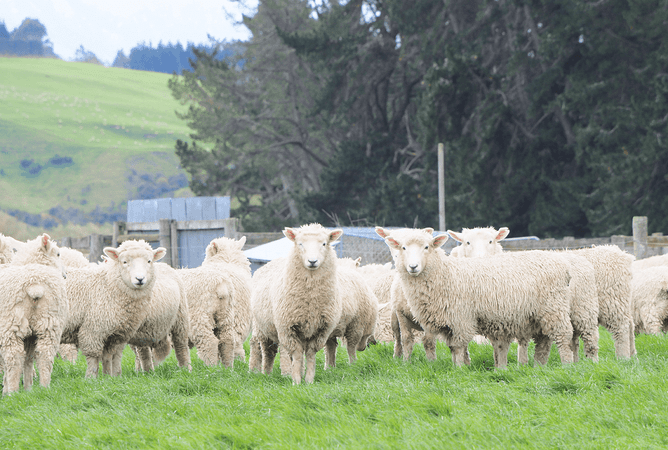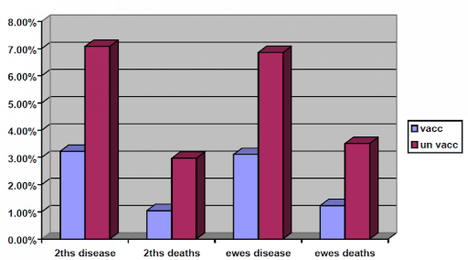Salmonella Brandenburg abortions were first seen in sheep in mid-Canterbury back in 1996.
Since then a cyclical pattern has been seen, with outbreaks mainly in Otago and Southland, and as of 2021 it still remains a South Island disease. It is a bacterial disease that causes late-term abortions, sickness and death. We see it mostly in early spring (late pregnancy) and the outbreaks are sudden and can have a devastating impact - up to 15% can abort and up to 50% of aborting ewes can die.
Gribbles laboratory reported that between May 2021 - May 2022, Salmonella Brandenburg was diagnosed on culture from 21 sheep cases in Southland and Otago (majority from Southland). In these cases, a variable number of abortions were reported. In some cases, sick and/or dead ewes were also observed. The number of animals affected ranged from 10 to 60 at the time of sample submission. In the last 4 years, the local lab has diagnosed 93 cases of S. Brandenburg in sheep, and a further 36 cases in cattle (dairy & beef). Of course, this data does not include any presumptive diagnoses where submissions to the lab have not been made. So, unfortunately, we are still seeing the effects of this disease in our region.
The best preventative defence we have is vaccination with Salvexin+B, and although it’s not a guarantee of avoiding the disease, it does help to reduce stock losses. When Brandenburg was added to the original vaccine, Salvexin +B was shown to provide a 54% reduction in death and a 64% reduction in sick ewes, in both 2 tooths and MA ewes compared with unvaccinated mobs that were challenged by Salmonella Brandenburg.
2000 season: Disease in 2 tooths and mixed-age ewes - vaccinated vs unvaccinated
The vaccine contains four strains of Salmonella: Hindmarsh, Brandenburg, Typhimurium and Bovismorbificans - this is important to note because while you might not have seen Brandenburg on your property, the effects of the gut-affecting strain, Hindmarsh, can be just as frustrating.
However, if you want to cover both strains, you will need to give the ewes two shots in the first year (sensitiser & booster at least 4 weeks apart), and the 2nd shot should be at least 2-3 weeks before the risk period. An annual booster is required for ongoing protection.
Best timing:
- Gut-affecting: between weaning and mating
- Abortive: between rams in/out and scanning
- Cecilia Landman


